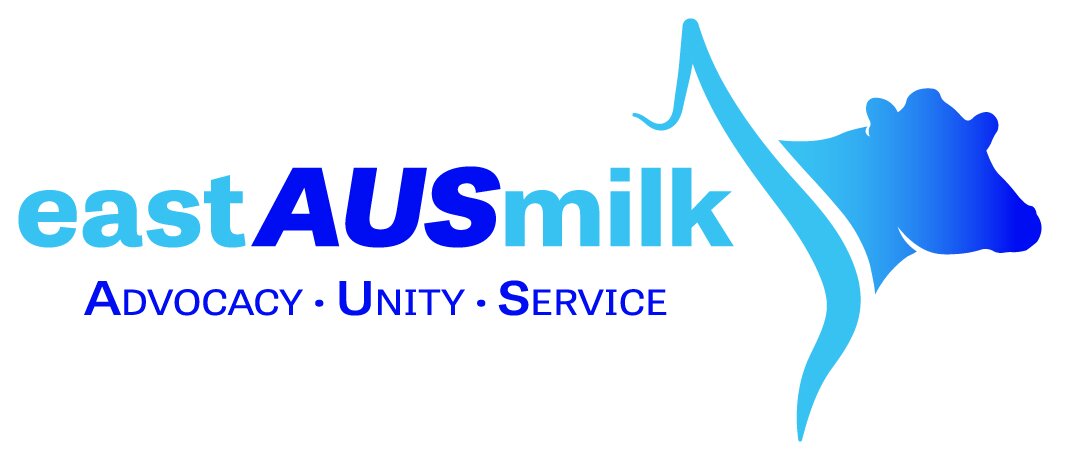Ex-Tropical Cyclone Alfred: impacts on the dairy industry
Ex-TC Alfred sat off the coast, undecided of when and where it was going to land in Southeast Queensland. Dairy farms from the Sunshine Coast, Queensland right through to the Mid North Coast, New South Wales were affected by strong winds and rainfall. In the lead up to the event, warnings and alerts were issued across the two states allowing farmers to prepare for the wind and rainfall events that would follow.
Preparedness can only support recovery and reduce damages to a degree when regions received over 800mm of rain across the 2-3 days causing localised and riverine flooding. The amount of water received during a short period of time meant severe infrastructural damages, erosion and floodwaters across paddocks and crops. The adverse weather affected and continues to affect animal health with increased cases of mastitis, lameness and 3-day sickness.
Milk dumping occurred in many regions, whether it be from accessibility issues to farm or the prioritisation of staff safety from transport companies and processing factories. Most factories prioritised daily collection in the lead up to the predicted impact of Alfred which worked favourably, minimising the total amount of milk dumped.
Category B disaster assistance has been made available in both Queensland and New South Wales which includes low interest loans and transport subsidies. We are encouraging farmers to continue to report on-farm damages whether it be minor or major as floodwaters continue to subside and you can access more parts of the farm and perform damage assessments. Damage reporting is key in informing state governments on the impact to industry and what level of assistance be made available.
Please contact the team at eastAUSmilk if you have any questions or need assistance in filling out a damage report in Queensland or New South Wales.
Lynelle - 07 3236 2955, Abby – 0421 310 626 or Jade - 0437 923 398
Jade Chan, eastAUSmilk Project Manager

